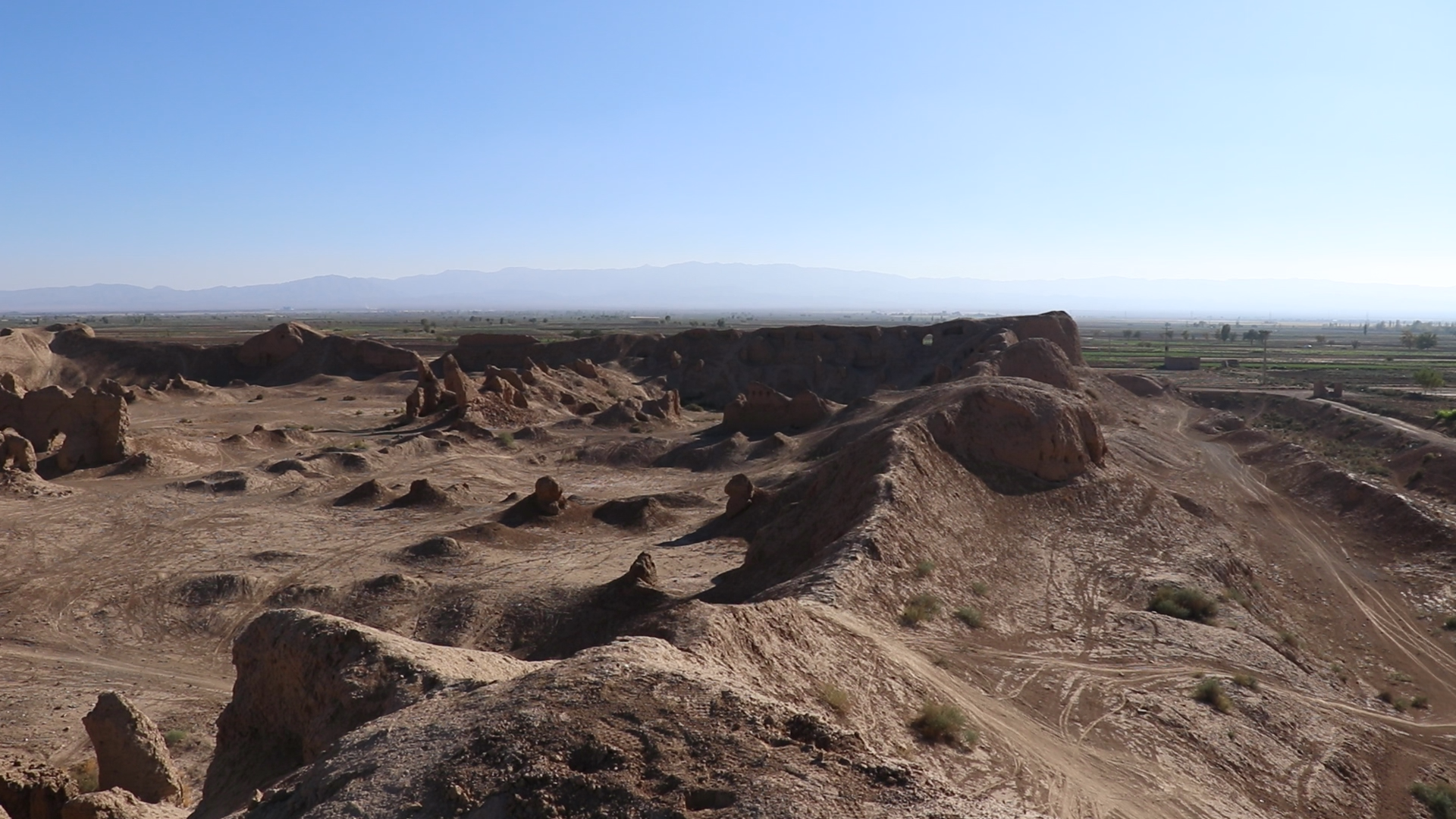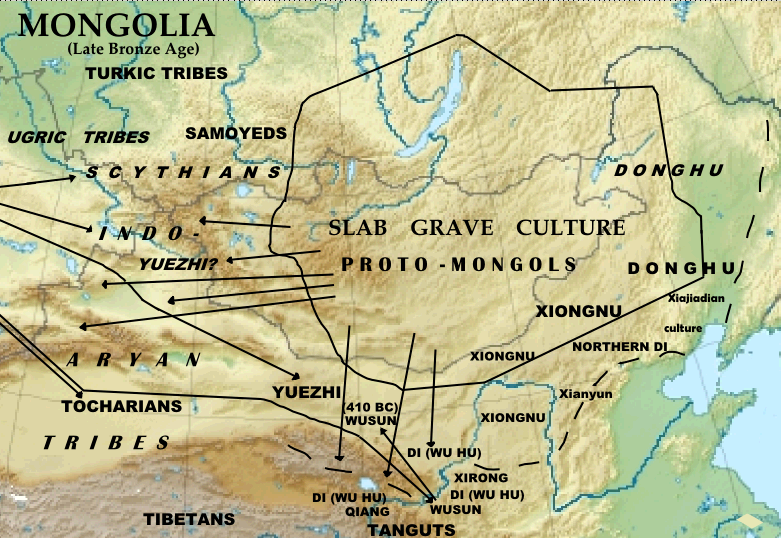|
Möge Khatun
Möge Khatun was a princess of the Bakrin tribe and a concubine of Genghis Khan and, after his death, a wife of Genghis' son Ögedei Khan. According to the historian Juvayni, "she was given to Genghis Khan by a chief of the Bakrin tribe, and he loved her very much." Ögedei also favored her, and she accompanied him on hunting expeditions. In 1241, after the death of Ögedei Khan, power briefly passed into her hands. By the spring of 1242, however, Töregene Khatun had assumed complete power as regent with the support of Chagatai and her sons with the title Great Khatun and replaced the ministers of Ögödei with her own. Historian Timothy May has argued that Töregene Khatun waited until the death of Möge Khatun and Ögedei's first wife Boraqchin in order to reveal her true intentions with the regency. Möge Khatun did not have children. See also * History of Mongolia * Genghis Khan ''Chinggis Khaan'' ͡ʃʰiŋɡɪs xaːŋbr />Mongol script: ''Chinggis Qa(gh)an/ Ching ... [...More Info...] [...Related Items...] OR: [Wikipedia] [Google] [Baidu] |
Genghis Khan
''Chinggis Khaan'' ͡ʃʰiŋɡɪs xaːŋbr />Mongol script: ''Chinggis Qa(gh)an/ Chinggis Khagan'' , birth_name = Temüjin , successor = Tolui (as regent)Ögedei Khan , spouse = , issue = , house = Borjigin , dynasty = Genghisid , regnal name = Genghis Khan () , temple name = Taizu () , posthumous name = Emperor Fatian Qiyun Shengwu () , father = Yesügei , mother = Hoelun , religion = Tengrism , birth_date = , birth_place = Khentii Mountains, Khamag Mongol , death_date = (aged 64–65) , death_place = Xingqing, Western Xia , burial_place = Unknown(presumptively Ikh Khorig, Burkhan Khaldun, Khentii Province) Genghis Khan (born Temüjin; ; xng, Temüjin, script=Latn; ., name=Temujin – August 25, 1227) was the founder and first Great Khan (Emperor) of the Mongol Empire, which became the largest contiguous empire in history after his death. He came to power by uniting many of the nomadic tribes of t ... [...More Info...] [...Related Items...] OR: [Wikipedia] [Google] [Baidu] |
Ögedei Khan
Ögedei Khagan (also Ogodei;, Mongolian: ''Ögedei'', ''Ögüdei''; – 11 December 1241) was second khagan-emperor of the Mongol Empire. The third son of Genghis Khan, he continued the expansion of the empire that his father had begun. Born in 1186 AD, Ögedei fought in numerous battles during his father's rise to power. After being granted a large appanage and taking a number of wives, including Töregene, he played a prominent role in the Mongol invasion of the Khwarazmian Empire. When his older brothers Jochi and Chagatai quarrelled over strategies when besieging Gurganj, Genghis appointed Ögedei sole commander; his successful capture of the city in 1221 ensured his military reputation. He was confirmed as heir after further infighting between his elder brothers led to both being excluded from succession plans. Genghis died in 1227, and Ögedei was elected as khagan in 1229, after a two-year regency led by his younger brother Tolui. As khan, Ögedei pursued the ... [...More Info...] [...Related Items...] OR: [Wikipedia] [Google] [Baidu] |
Ata-Malik Juvayni
Atâ-Malek Juvayni (1226–1283) ( fa, عطاملک جوینی), in full, Ala al-Din Ata-ullah (), was a Persian historian and an official of the Mongol state who wrote an account of the Mongol Empire entitled '' Tarīkh-i Jahān-gushā'' (''History of the World Conqueror''). Early life Juvayni was born in Joveyn, a city in Khorasan in eastern Persia. Both his grandfather and his father, Baha al-Din, had held the post of ''sahib-divan'' or Minister of Finance for Muhammad Jalal al-Din and Ögedei Khan respectively. Baha al-Din also acted as deputy c. 1246 for his immediate superior, the emir Arghun, in which role he oversaw a large area including Kingdom of Georgia. Career Juvayni, just as his predecessors became an important state official. He visited the Mongol capital of Karakorum twice, beginning his history of the Mongols conquests on one such visit (c. 1252–53). He was with Ilkhan Hulagu in the 1256 campaign at the taking of Alamut, where he selected many 'choice ... [...More Info...] [...Related Items...] OR: [Wikipedia] [Google] [Baidu] |
Töregene Khatun
Töregene Khatun (also Turakina, , ) (d. 1246) was the Great Khatun and regent of the Mongol Empire from the death of her husband Ögedei Khan in 1241 until the election of her eldest son Güyük Khan in 1246. Background Töregene was born into the Naiman tribe. Her first husband was a member of the Merkit clan. Some sources state that his name was Qudu (d. 1217), son of Toqto'a Beki of the Merkits.C.P. Atwood ''Encyclopedia of Mongolia and the Mongol Empire'', p. 544 However, Rashid-al-Din Hamadani named her first husband as Dayir Usun of the Merkits. When Genghis conquered the Merkits in 1204, he gave Töregene to Ögedei as his second wife. While Ögedei's first wife Boraqchin had no sons, Töregene gave birth to five sons, Güyük, Kötän, Köchü, Qarachar, and Qashi (father of Kaidu). She eclipsed all of Ögedei's wives and gradually increased her influence among the court officials. But Töregene still resented Ögedei's officials and the policy of centralizing ... [...More Info...] [...Related Items...] OR: [Wikipedia] [Google] [Baidu] |
Chagatai Khan
Chagatai Khan ( Mongolian: ''; Čaɣatay''; mn, Цагадай, translit=Tsagadai; chg, , ''Čaġatāy''; ug, چاغاتاي خان, ''Chaghatay-Xan''; zh, 察合台, ''Chágětái''; fa, , ''Joghatây''; 22 December 1183 – 1 July 1242) was the second son of Genghis Khan and Börte. He inherited most of what are now five Central Asian states after the death of his father. He was also appointed by Genghis Khan to oversee the execution of the Yassa, the written code of law created by Genghis Khan. Under Genghis Khan Very little is known about Chagatai's earlier life. He was the second son of Genghis Khan and Börte. Chagatai was considered hot-headed and somewhat temperamental by his relatives, because of his attitude of non-acceptance of Jochi as a full-brother. He was the most vocal about this issue among his relations. He was assigned 4 mingghans (led by Qarachar of Barlas, Kököchü of Baarin, Müge of Jalairs and Idiqudai Noyan) and an appanage around Altai Mount ... [...More Info...] [...Related Items...] OR: [Wikipedia] [Google] [Baidu] |
History Of Mongolia
Various nomadic empires, including the Xiongnu (3rd century BC–1st century AD), the Xianbei state ( AD 93–234), the Rouran Khaganate (330–555), the First Turkic Khaganate, First (552–603) and Second Turkic Khaganates (682–744) and others, ruled the area of present-day Mongolia. The Khitan people, who used a para-Mongolic language, founded an empire known as the Liao dynasty (916–1125), and ruled Mongolia and portions of North China, northern Korea, and the present-day Russian Far East. In 1206, Genghis Khan was able to unite the Mongols, Mongol tribes, forging them into a fighting force which went on to establish the largest contiguous empire in world history, the Mongol Empire (1206–1368). After the Division of the Mongol Empire, fragmentation of the Mongol Empire, Mongolia came to be ruled by the Yuan dynasty (1271–1368) based in Khanbaliq (modern Beijing) and administered as part of the Mongolia under Yuan rule, Lingbei Province. Buddhism in Mongolia began wit ... [...More Info...] [...Related Items...] OR: [Wikipedia] [Google] [Baidu] |
Wives Of Genghis Khan
There were many wives and concubines of Genghis Khan, as was common for powerful Mongol men of the time. Wives and concubines were frequently acquired from conquered territory, and, in the case of Genghis Khan, sometimes whole empires, and the women enrolled as either his wives or concubines were often princesses or queens that were either taken captive or gifted to him. Genghis Khan gave several of his high-status wives their own ''ordos'' or camps to live in and manage. Each camp also contained junior wives, concubines, and even children. It was the job of the Kheshig (Mongol imperial guard) to protect the yurts of Genghis Khan's wives. The guards had to pay particular attention to the individual yurt and camp in which Genghis Khan slept, which could change every night as he visited different wives. When Genghis Khan set out on his military conquests, he usually took one wife with him and left the rest of his wives (and concubines) to manage the empire in his absence. List of p ... [...More Info...] [...Related Items...] OR: [Wikipedia] [Google] [Baidu] |
Slave Concubines
Slavery and enslavement are both the state and the condition of being a slave—someone forbidden to quit one's service for an enslaver, and who is treated by the enslaver as property. Slavery typically involves slaves being made to perform some form of work while also having their location or residence dictated by the enslaver. Many historical cases of enslavement occurred as a result of breaking the law, becoming indebted, or suffering a military defeat; other forms of slavery were instituted along demographic lines such as race. Slaves may be kept in bondage for life or for a fixed period of time, after which they would be granted freedom. Although slavery is usually involuntary and involves coercion, there are also cases where people voluntarily enter into slavery to pay a debt or earn money due to poverty. In the course of human history, slavery was a typical feature of civilization, and was legal in most societies, but it is now outlawed in most countries of the w ... [...More Info...] [...Related Items...] OR: [Wikipedia] [Google] [Baidu] |
Mongol Concubines
The Mongols ( mn, Монголчууд, , , ; ; russian: Монголы) are an East Asian ethnic group native to Mongolia, Inner Mongolia in China and the Buryatia Republic of the Russian Federation. The Mongols are the principal member of the large family of Mongolic peoples. The Oirats in Western Mongolia as well as the Buryats and Kalmyks of Russia are classified either as distinct ethno-linguistic groups or subgroups of Mongols. The Mongols are bound together by a common heritage and ethnic identity. Their indigenous dialects are collectively known as the Mongolian language. The ancestors of the modern-day Mongols are referred to as Proto-Mongols. Definition Broadly defined, the term includes the Mongols proper (also known as the Khalkha Mongols), Buryats, Oirats, the Kalmyk people and the Southern Mongols. The latter comprises the Abaga Mongols, Abaganar, Aohans, Baarins, Chahars, Eastern Dorbets, Gorlos Mongols, Jalaids, Jaruud, Kharchins, Khishigten, Khorchins, ... [...More Info...] [...Related Items...] OR: [Wikipedia] [Google] [Baidu] |






